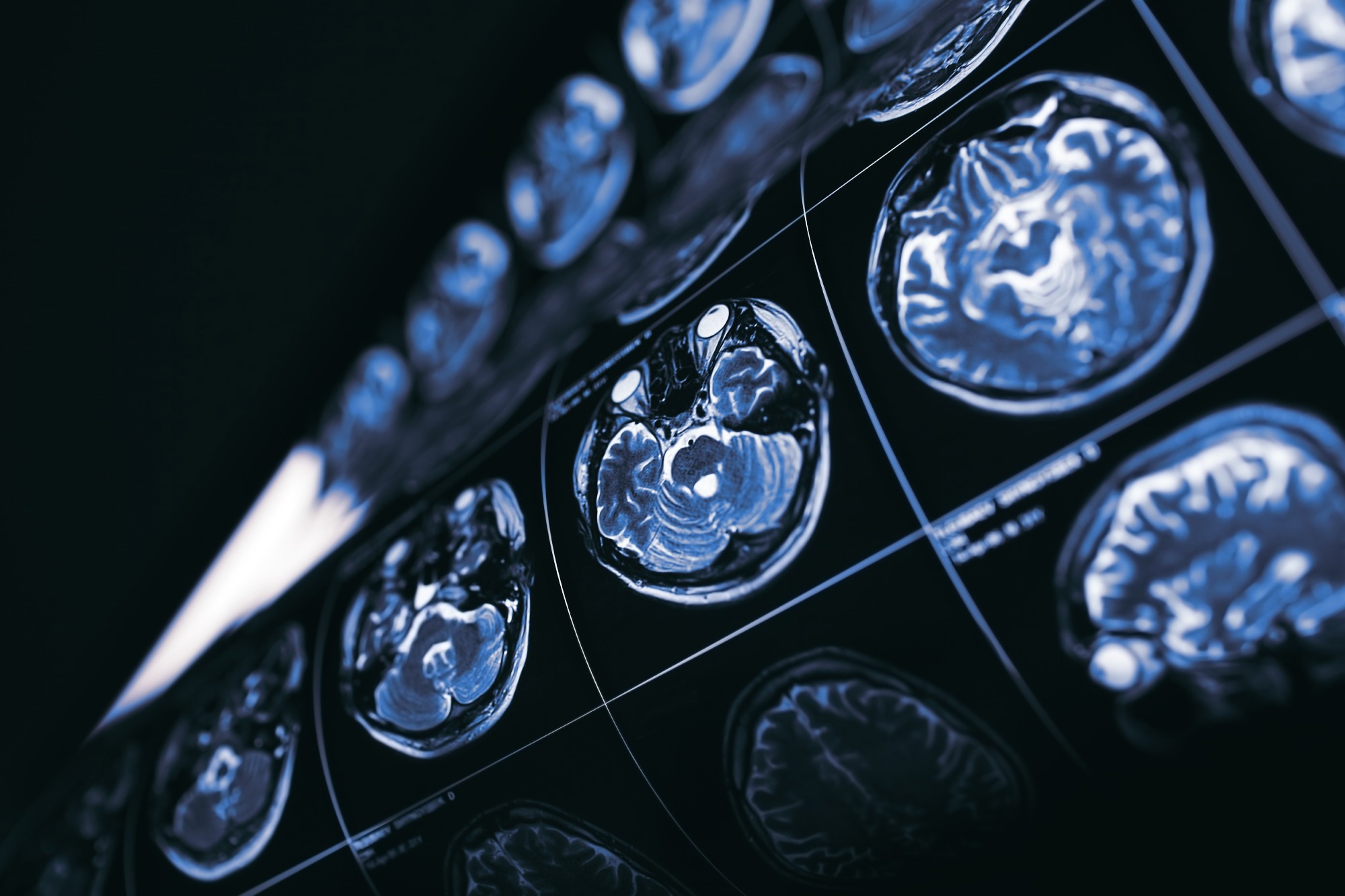In a study published in the journal Scientific Data, researchers released a standardized dataset of novel objects generated by AI to facilitate studies on visual perception and novelty processing. The ‘IMAGINE’ dataset contains 400 artificial yet realistic images created using Generative Adversarial Networks and 400 matched familiar objects. Validation confirms that the novel stimuli appear plausible but are perceived as unfamiliar. This novel object dataset enables controlled experiments on how the brain processes new visual inputs.
 Study: AI-Crafted Novel Objects Shed Light on Brain Processing. Image credit: sfam_photo/Shutterstock
Study: AI-Crafted Novel Objects Shed Light on Brain Processing. Image credit: sfam_photo/Shutterstock
Background
A longstanding question in visual neuroscience is how novel objects lacking prior expectations are processed. Addressing this requires standardized stimuli that seem realistic but could not have been previously seen. While studies have used abstract images or reconfigurations of existing elements, these differ fundamentally from natural objects. The new dataset provides carefully controlled novel objects for rigorous experiments.
The novel objects were produced by GANs that integrated features of everyday items to create synthetic but life-like entities. The accompanying familiar objects were curated from databases and online sources. Size, contrast, luminance, and color were matched across categories. Additional metrics like complexity and spectral properties were computed.
In an online study, 390 adults rated random subsets of novel and familiar objects. As expected, novel items were deemed far less familiar but equally interesting. The dataset combines AI generation and crowdsourced validation to provide realistic novel objects for studying visual processes like attention, perception, and learning.
Artificial Novel Objects with GANs
Generative adversarial networks (GANs) can create artificial images through an adversarial learning process. A generator network tries to replicate training data while a discriminator classifies real vs. fake samples. Competing drives the generator to create increasingly realistic outputs.
The novel objects were produced using GANs trained on images of everyday items. Additional genes were randomly added to parent images to create distinct objects integrating diverse features. Each item was manually inspected to ensure it was well-defined, dissimilar from familiar objects, and artifacts-free.
This resulted in 400 unique, stand-alone objects that appear plausible but do not exist. Their design aimed to maximize novelty while retaining the qualities of real-world stimuli.
Curating and Standardizing
A matching set of 400 familiar objects was compiled from established databases and online sources to enable controlled comparisons. Items were manually screened to avoid dated, valenced, or highly culture-specific objects. The familiar and novel images were standardized to ensure consistent size, contrast, luminance, and colorfulness. These controlled lower-level features are known to impact perception and attention—additional metrics quantified complexity, symmetry, and spectral properties.
Although novel items exhibited greater edge density and complexity overall, sufficient overlap remained to sample-matched subsets if required. The result is a carefully controlled stimulus set ideal for isolating the effects of novelty.
Subjective Perceptions of Novelty
The researchers conducted an online study assessing subjective perceptions of the objects. Three hundred ninety adults rated random subsets of 50 novel and 50 familiar items on familiarity, interest, and appeal. As expected, novel objects were rated far less familiar but similarly interesting than standard counterparts. Interestingly, familiar items were deemed more appealing, reflecting greater fluency. The behavioral results confirm that GAN-generated objects successfully induce perceptual novelty while engaging attention like real-world stimuli.
Experiments in Visual Processing
This rigorously constructed stimulus set provides new capabilities for studies on visual object processing. The matched novel and familiar images control extraneous variables that could confound neural and behavioral effects. With concerns over fairness and transparency in AI systems, the dataset also examines human perceptions of machine-produced content. More broadly, the visually plausible artificial objects could help elucidate how prior knowledge shapes perception, guiding exploration and learning.
The creators hope these standardized stimuli will advance research into the brain mechanisms underlying novelty and object recognition. The dataset exemplifies stimuli tailored for controlled neuroscience experiments by integrating AI generation and psychometric validation.
Future Outlook
Future work can build on this foundation to further expand resources for studying visual perception. Potential directions include generating objects tailored for other sensory modalities, developmental studies, or cross-cultural comparisons.
As GAN techniques continue improving, automating more of the quality control process could enable rapid scaling. Larger and more diverse arrays of artificial objects could reveal additional insights into the interplay between perceptual and cognitive processing. Overall, the current dataset provides a springboard to investigate core questions around novelty and the genesis of knowledge through controlled experiments tapping visual object analysis.
Journal reference:
- Cooper, P. S., Colton, E., Bode, S., & Chong, T. T.-J. . (2023). Standardised images of novel objects created with generative adversarial networks. Scientific Data, 10(1), 575. https://doi.org/10.1038/s41597-023-02483-7, https://www.nature.com/articles/s41597-023-02483-7